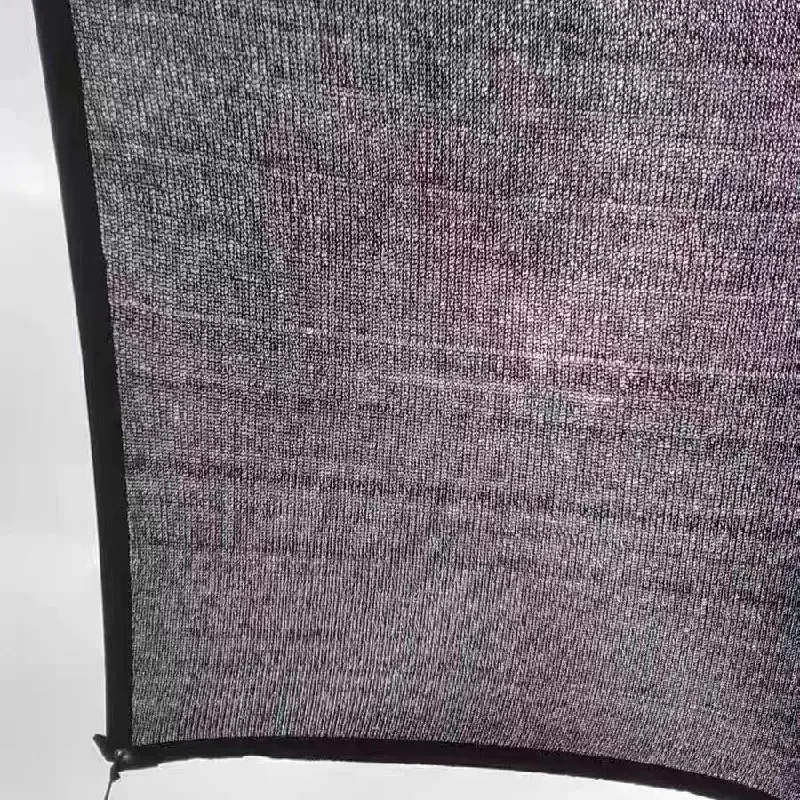-
 Afrikaans
Afrikaans -
 Albanian
Albanian -
 Amharic
Amharic -
 Arabic
Arabic -
 Armenian
Armenian -
 Azerbaijani
Azerbaijani -
 Basque
Basque -
 Belarusian
Belarusian -
 Bengali
Bengali -
 Bosnian
Bosnian -
 Bulgarian
Bulgarian -
 Catalan
Catalan -
 Cebuano
Cebuano -
 China
China -
 Corsican
Corsican -
 Croatian
Croatian -
 Czech
Czech -
 Danish
Danish -
 Dutch
Dutch -
 English
English -
 Esperanto
Esperanto -
 Estonian
Estonian -
 Finnish
Finnish -
 French
French -
 Frisian
Frisian -
 Galician
Galician -
 Georgian
Georgian -
 German
German -
 Greek
Greek -
 Gujarati
Gujarati -
 Haitian Creole
Haitian Creole -
 hausa
hausa -
 hawaiian
hawaiian -
 Hebrew
Hebrew -
 Hindi
Hindi -
 Miao
Miao -
 Hungarian
Hungarian -
 Icelandic
Icelandic -
 igbo
igbo -
 Indonesian
Indonesian -
 irish
irish -
 Italian
Italian -
 Japanese
Japanese -
 Javanese
Javanese -
 Kannada
Kannada -
 kazakh
kazakh -
 Khmer
Khmer -
 Rwandese
Rwandese -
 Korean
Korean -
 Kurdish
Kurdish -
 Kyrgyz
Kyrgyz -
 Lao
Lao -
 Latin
Latin -
 Latvian
Latvian -
 Lithuanian
Lithuanian -
 Luxembourgish
Luxembourgish -
 Macedonian
Macedonian -
 Malgashi
Malgashi -
 Malay
Malay -
 Malayalam
Malayalam -
 Maltese
Maltese -
 Maori
Maori -
 Marathi
Marathi -
 Mongolian
Mongolian -
 Myanmar
Myanmar -
 Nepali
Nepali -
 Norwegian
Norwegian -
 Norwegian
Norwegian -
 Occitan
Occitan -
 Pashto
Pashto -
 Persian
Persian -
 Polish
Polish -
 Portuguese
Portuguese -
 Punjabi
Punjabi -
 Romanian
Romanian -
 Russian
Russian -
 Samoan
Samoan -
 Scottish Gaelic
Scottish Gaelic -
 Serbian
Serbian -
 Sesotho
Sesotho -
 Shona
Shona -
 Sindhi
Sindhi -
 Sinhala
Sinhala -
 Slovak
Slovak -
 Slovenian
Slovenian -
 Somali
Somali -
 Spanish
Spanish -
 Sundanese
Sundanese -
 Swahili
Swahili -
 Swedish
Swedish -
 Tagalog
Tagalog -
 Tajik
Tajik -
 Tamil
Tamil -
 Tatar
Tatar -
 Telugu
Telugu -
 Thai
Thai -
 Turkish
Turkish -
 Turkmen
Turkmen -
 Ukrainian
Ukrainian -
 Urdu
Urdu -
 Uighur
Uighur -
 Uzbek
Uzbek -
 Vietnamese
Vietnamese -
 Welsh
Welsh -
 Bantu
Bantu -
 Yiddish
Yiddish -
 Yoruba
Yoruba -
 Zulu
Zulu
plastic netting mesh
Exploring Plastic Netting Mesh Versatility and Applications
Plastic netting mesh, often regarded as a marvel of modern engineering, has found its way into various industries due to its versatility, durability, and cost-effectiveness. This material, typically made from polyethylene or polypropylene, is characterized by its lightweight yet robust structure, making it suitable for a plethora of applications ranging from agriculture to construction, and even in recreational activities.
One of the most significant uses of plastic netting mesh is in the agricultural sector. Farmers have increasingly turned to this material for crop protection and soil stabilization. The mesh acts as a barrier against pests and animals, preventing them from wreaking havoc on crops. Additionally, it is used in erosion control, providing stability to soil and preventing the loss of topsoil during heavy rains. The permeability of plastic netting allows air and water to reach the plants, ensuring healthy growth while simultaneously protecting them from adverse conditions.
In the construction industry, plastic netting mesh is indispensable for scaffolding and safety applications. Workers use it to create safety barriers, preventing tools and materials from falling and injuring individuals below. This added layer of security is crucial in high-rise buildings and construction sites, where accidents can lead to severe consequences. Furthermore, plastic netting is used in the reinforcement of concrete structures, helping to distribute weight evenly and increase the longevity of the construction.
plastic netting mesh

Another notable aspect of plastic netting mesh is its application in the sports and recreation field. It is commonly used in the manufacturing of sports nets—such as those used in soccer, tennis, and basketball. These nets are designed to withstand harsh weather conditions and the wear and tear of constant use, making them a popular choice for both recreational and professional facilities. Additionally, plastic netting is utilized in playgrounds to create safe, enclosed areas for children to play, ensuring their safety while allowing them the freedom to enjoy outdoor activities.
The versatility of plastic netting mesh extends to its aesthetic applications as well. In landscaping, it is often used for decorative fencing and garden trellises. Gardeners appreciate its ability to support climbing plants, allowing for beautiful vertical displays that enhance the visual appeal of outdoor spaces. Moreover, it can be dyed in various colors, making it an attractive addition to gardens and other landscaped areas.
Sustainability is increasingly becoming a focal point in various industries, and plastic netting mesh offers an eco-friendly solution. Many manufacturers are now producing netting from recycled materials, reducing waste and promoting an environmentally friendly approach. This shift not only helps in minimizing the carbon footprint but also showcases the adaptability of plastic netting.
In conclusion, plastic netting mesh is a multifaceted material that offers numerous benefits across various industries. Its strength, flexibility, and lightweight nature make it an ideal choice for applications in agriculture, construction, recreation, and landscaping. As innovations continue to emerge, it is evident that plastic netting will remain a vital resource, combining practicality with sustainability. Whether as a protective barrier for crops or as a supporting structure in sports, its contributions are both significant and far-reaching, underlining the essential role it plays in contemporary life. As we look towards a future that prioritizes sustainability and innovation, plastic netting mesh stands out as a reliable and versatile solution to meet the demands of a dynamic world.
-
Shipping Plastic Bags for Every NeedNewsJul.24,2025
-
Safety Netting: Your Shield in ConstructionNewsJul.24,2025
-
Plastic Mesh Netting for Everyday UseNewsJul.24,2025
-
Nylon Netting for Every UseNewsJul.24,2025
-
Mesh Breeder Box for Fish TanksNewsJul.24,2025
-
Expanded Steel Mesh Offers Durable VersatilityNewsJul.24,2025











